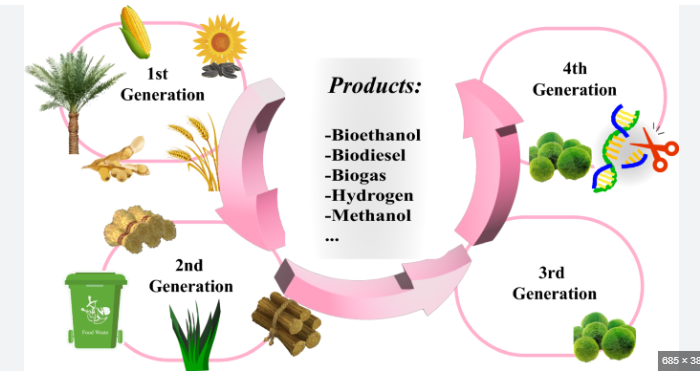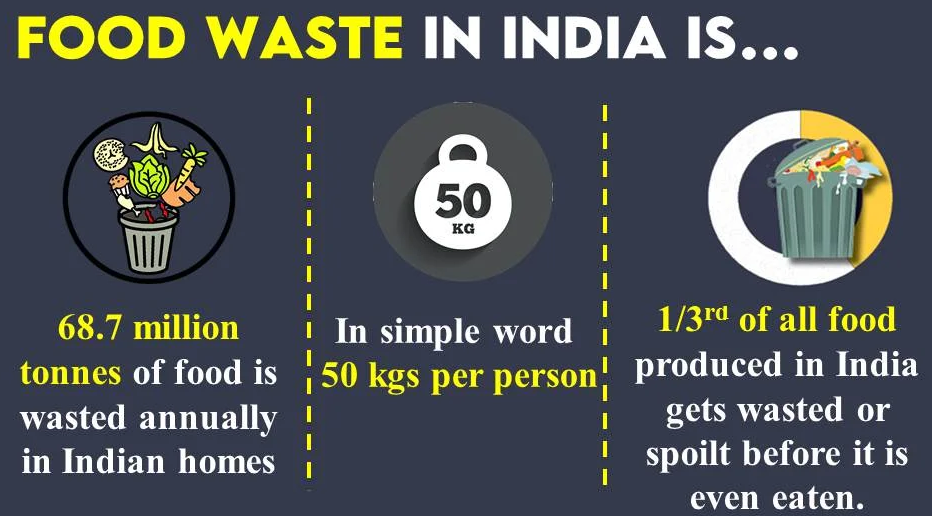Recently, Feedstock-Technology-Product (FTP ) has been stressed for the biofuel sector.
The CSIR-IIP pilot plant in Dehradun produces 30 liters of sustainable air fuel.
What are the benefits of FTP approach?
|
Generation |
Feedstocks |
Example |
|
First generation (1G) |
Molasses, sugarcane syrup, and surplus grains. |
Bioethanol, biodiesel, biogas |
|
Second generation (2G) |
|
Cellulose ethanol, biodiesel |
|
Third generation (3G) |
Algae- It consists of 40% of lipids which can be converted to biodiesel or synthetic petroleum. |
Algal Biofuels Butanol, Gasoline, Jet fuel |
|
Fourth generation (4G) |
Genetically engineered bio algae |
Biodiesels and other bio fuels and products. |
|
|
||

What are the opportunities in biofuel production for India?
Total food grain and horticulture production in 2023-24 period were about 320 million tonnes and 350 million tonnes.
